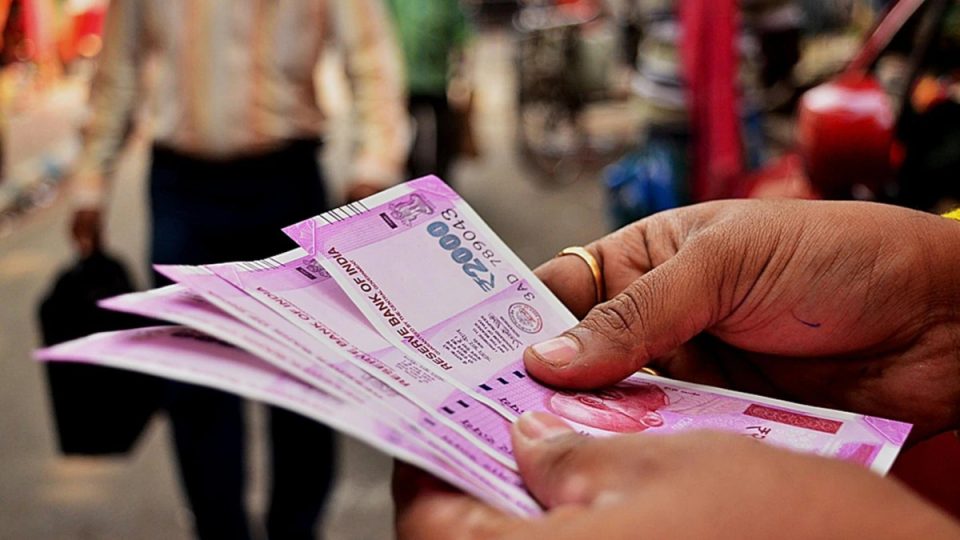On Friday, the Reserve Bank of India (RBI) announced the withdrawal of its highest denomination note, the Rs 2,000 from circulation, adding that the notes will continue to be legal tender. It said existing Rs 2,000 notes could be deposited or exchanged at banks until September 30, but had set a limit of “Rs 20,000 at a time”.
The central bank advises the public to deposit Rs 2,000 notes into their bank accounts and/or exchange them for other denomination notes at any bank branch, which was introduced during the demonetisation in November 2016 when Rs 500 and Rs 1,000 notes were withdrawn. It also advised banks to stop issuing Rs 2,000 notes immediately.
“To ensure ease of operation and avoid disruption to normal activities of bank branches, from May 23, there will be a cap of Rs 20,000 for one exchange of Rs 2,000 notes at any one bank,” it said.
“To complete the exercise on time and to provide sufficient time for the public, all banks should facilitate the deposit and/or exchange of Rs 2,000 notes by September 30, 2023,” it said.
“Deposits into bank accounts may be made in the usual manner, i.e., without restrictions and subject to existing directions and other applicable legal provisions,” the RBI said.
The facility of exchanging Rs 2,000 notes to a limit of Rs 20,000 at a time will also be provided from May 23 at 19 regional offices of RBI, where the departments issue.
According to RBI data, about 89% of the Rs 2,000 denomination notes were issued before March 2017 and are nearing their projected life of four to five years. “The total value of these banknotes in circulation has declined from a peak of Rs 6.73 lakh crore (37.3% of banknotes in circulation) on March 31, 2018, to Rs 3.62 lakh crore at just 10.8% of banknotes in circulation on March 31, 2023 years,” it said.
RBI took similar measures to withdraw banknotes from circulation in 2013-2014.
The Rs 2,000 note was introduced in November 2016 under Section 24(1) of RBI Act, 1934, primarily to meet the monetary needs of the economy quickly after the legal tender status of all Rs 500 and Rs 1,000 notes were withdrawn from circulation at the time.
“The target of introducing Rs 2,000 notes was achieved once the availability of other denominations was sufficient. Hence, the printing of Rs 2,000 notes was stopped in 2018-19,” the RBI said.
It added that “it is also observed that this denomination is not generally used for transactions” and “the stock of banknotes in other denominations continues to be sufficient to meet the currency requirement of the public”.






